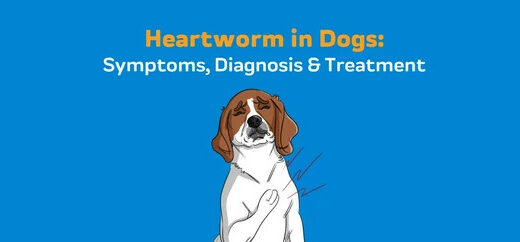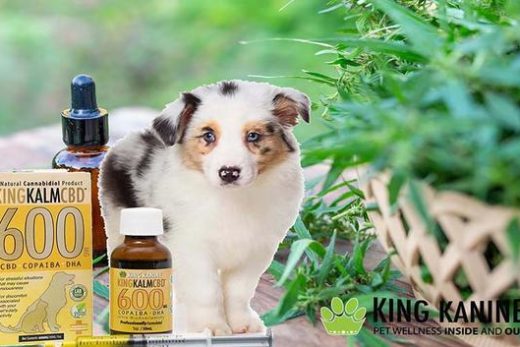Each new season and new environment bring important considerations when you are a pet owner. While keeping your dog healthy is a priority for all pet parents, sometimes this task is more than meets the eye. Ticks can be tricky to spot, so it is important to diligently check your dog’s coat after a fun day of outdoor play. These creepy crawlers become even more common during the summer months, or in climates that remain warm year-round. Making sure your dog’s fur is clear of ticks will help ensure the safety and happiness of your companion all summer long!
What do you need to know about Ticks?
Ticks can appear year-round but are even more common during the months with warmer temperatures. Further, ticks can be found anywhere outside but are more likely to live in heavily woody and grassy areas. Always check for ticks after exploring areas with tall grass. Ticks latch onto the skin, so they can often be mistaken for other bumps and skin tags.
What do you need to know about your Dog and Ticks?
All dogs can get ticks but be extra diligent about searching your long-haired friends. It is easier for tickets to be missed under layers of fur when petting or checking your dog. Make sure you are familiar with your dog’s body to be able to recognize unfamiliar elements.
Common Areas Ticks Hide on Dogs:
- Ears
- Eyes
- Groin
- Toes
- Neck/Collar
- “Armpits,” behind front legs
- Other warm, dark areas on the body

While these areas are common hiding spots for ticks, be certain to check your dog’s entire body.
Risks:
- Disease (Lyme, Rocky Mountain Spotted Fever, etc.)
- Tick can carry parasites
- Itchiness, bumps, etc. that can lead to other issues such as hot spots
What Should You Do:
- Understand the prominence of ticks where you live. All locations and environments will differ
- Prevention (topical and/or oral medications, specific collars, etc.)
- Removal as soon as possible (does not require a trip to the vet, but going to the vet is never a bad idea)
- Once a tick is removed, you can either send it to the vet to be tested for disease or dispose of it properly (e.g., flush it down the toilet) to ensure it does not latch on to something or someone else
Steps for Removal:





